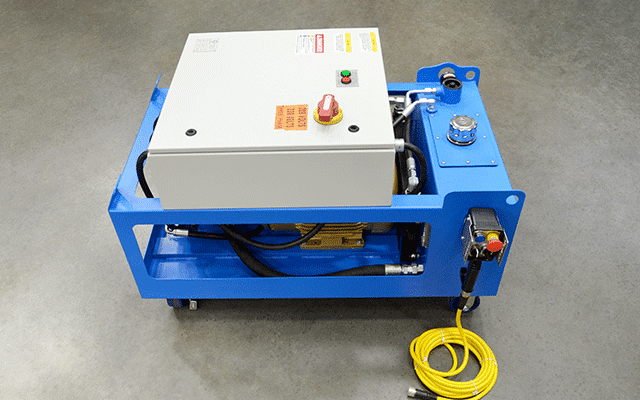The rise of hospital at home

Mark Larson, principal of Sg2, a consulting and analytics subsidiary of Vizient
Picture courtesy of Sg2/Vizient
Healthcare facility at Residence, a trademarked identify of Johns Hopkins Medicine, has been in apply in that overall health system’s hospitals due to the fact at minimum 2002. The idea is not new, but, like telehealth, at-residence hospital-level products and services became a requirement for all overall health techniques when acute-treatment beds crammed during the to start with surge of the COVID-19 pandemic.
“A whole lot of hospitals had been at capacity,” said Mark Larson, principal of Sg2, a consulting and analytics company and Vizient subsidiary.
Healthcare facility at residence became a idea that identified itself in the right spot at the right time, he said. Hospitals noticed that hospital at residence labored so well, both for the affected person and for the economic gains, that the model is being pursued beyond the pandemic.
There are quite a few hospital at residence products and services, from urgent treatment, to proficient nursing, to residence infusion products and services. But acute treatment at residence has acquired the lion’s share of focus from overall health techniques.
“Curiosity has just been unbelievable,” Larson said. “There’s plenty of discussion. Five to seven decades ago, it was genuinely in its infancy.”
Healthcare facility executives ought to to start with appraise whether or not hospital at residence for acute-level products and services is a excellent fit. Patients ought to be evaluated to decide if a support technique exists in the residence environment. At-residence treatment may well not be a excellent fit for patients who have social determinants of overall health issues or who stay on your own.
Hospitals ought to previously have, or be inclined to devote in proficient nursing staffing, doctor telehealth and other technologies to coordinate the providing and sequencing of products and services, provides this sort of as oxygen, and nursing schedules.
“Almost everything has to be sent at the patients’ doorstep at the right time,” Larson said. “Hospitals have to turn out to be powerhouses. They will need to have the tech and operational capacity.”
Greater overall health techniques have an edge, mainly because they tend to have a strong residence overall health capacity previously, and know how to deliver the treatment.
“Greater businesses have a greater opportunity to reach scale,” Larson said.
Tutorial hospitals specially see it as an option to the much more highly-priced option of developing new mattress space. UMass Memorial Health and fitness is one educational technique that launched a hospital at residence system this calendar year.
Hospitals still running mainly on charge-for-provider will not do as well as those people that enter price-centered contracts. Exploration has revealed, Larson said, that for an acute-treatment episode, hospital at residence isn’t going to save a whole lot of money. It can be when the contracts are prolonged to the thirty-day episode in Medicare Gain agreements that ROI is realized. Even much more money is saved on avoiding readmissions.
Larson said Sg2 has witnessed businesses appear in to do the contracting in partnerships amongst overall health techniques and payers.
“If there is certainly one major takeaway, for the right business, it is a incredibly pleasant fit,” Larson said. “Everyone is assessing.”
WHY THIS Matters
“The strengths are undoubtedly the economics of it,” Larson said. “It provides the opportunity to decamp hospitals at capacity.”
There is a money edge – Larson estimates a $3,000 contribution margin – if hospitals can backfill a reduced-acuity affected person from the hospital to the residence, for a affected person with a larger acuity-level and larger margin. The second edge is offering an option avenue for hospitals to participate in price-centered preparations, specially with Medicare Gain payers.
Thirdly, patients want it. A Sg2 survey reveals that if given the preference amongst possessing inpatient-level treatment at residence or in the hospital, 61% would opt for to be at residence.
THE Greater Craze
From an financial investment viewpoint, treatment is shifting.
Total, the will need for inpatient treatment is growing mainly because of aging toddler boomers and the climbing variety of patients with serious disorders. The length of continue to be is projected to increase over the next 10 decades, according to Larson.
Throughout the COVID-19 general public overall health crisis, the Centers for Medicare and Medicaid Services is reimbursing for hospital at residence acute-level treatment and has a list of appropriate DRGs. In normal, these are diagnoses that are professional medical in mother nature, with reduced acuity, and not write-up-surgical treatment, according to Larson.
Like telehealth, CMS is reimbursing for this treatment during the PHE. As soon as the general public overall health crisis ends, CMS will be assessing these products and services for the long term.
Twitter: @SusanJMorse
E mail the author: [email protected]







